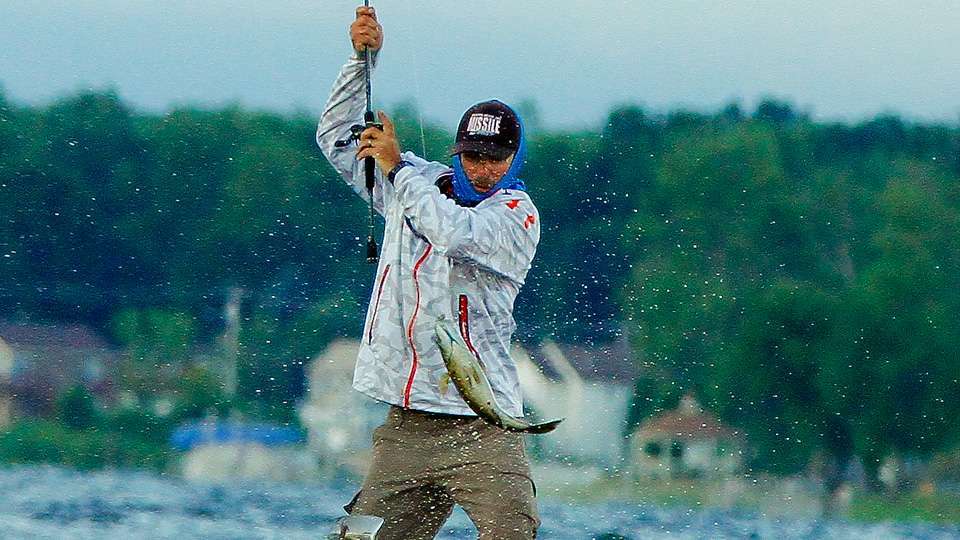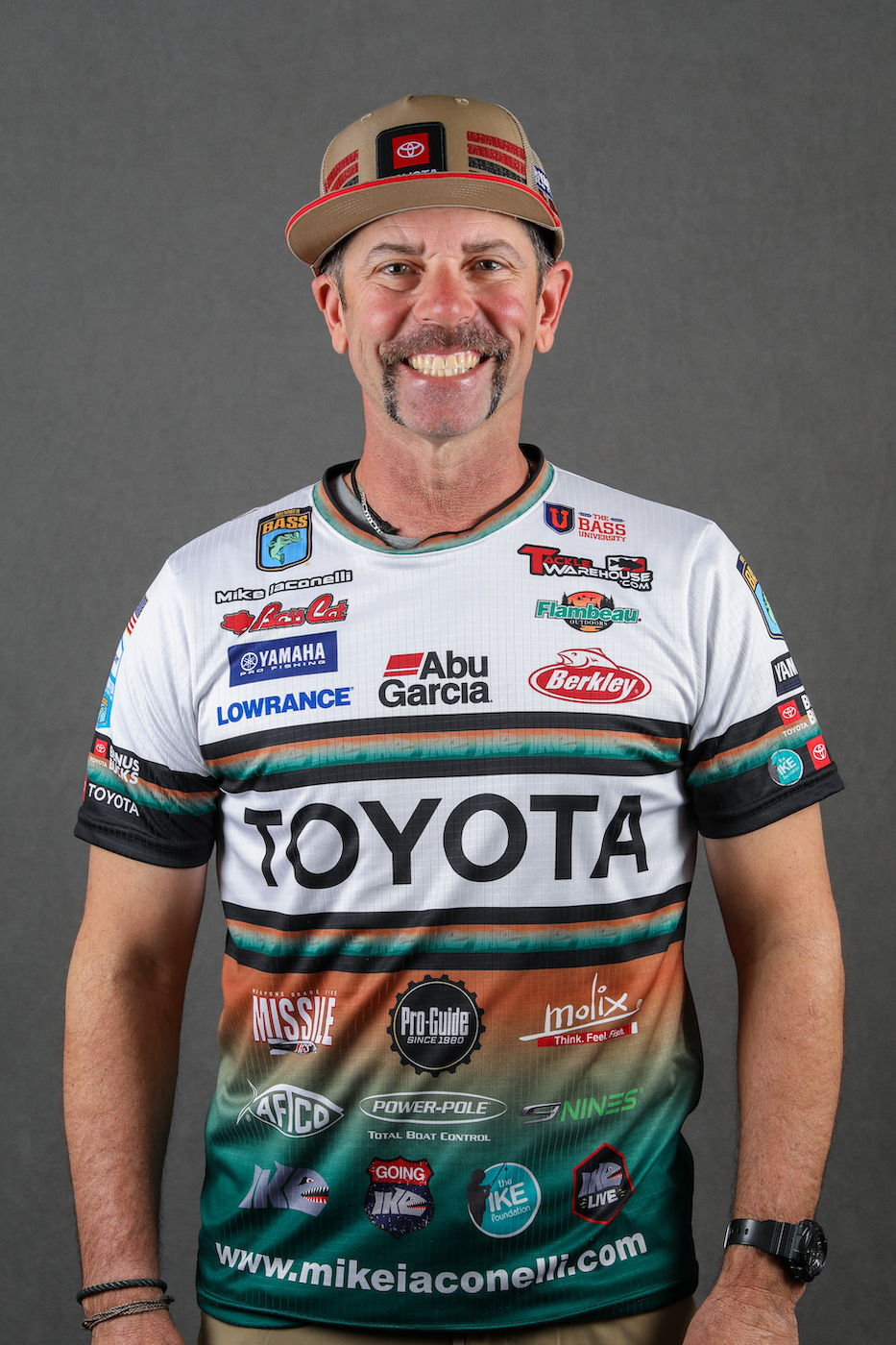
The second lure we need to cover in our winter cecrets series is a common hair jig, common but not like any other one that’s around.
In previous columns we’ve covered big, heavyweight hair jigs for hefty largemouth and we’ve covered tiny, black hair jigs for smallmouth. What I’m talking about here is something in between. The head is small and lightweight but the hair is long and narrow. We’ll start with the head.
My head sizes are 1/16, 1/8 and 3/16 of an ounce. Those sizes will give you enough casting weight but are still small enough to give you a nice, slow rate of fall. I’m a fan of round heads. Based on my experience I’d say that they have a kind of wobbly action but not too much for cold water.
The hook is largely a matter of preference. A smaller size keeps the profile down but a bigger size sometimes gives you a better hookset. There are probably a thousand different types available. I’ll leave the individual choice up to you.
The hackle or dressing is another matter. You want something that’s at least 3 inches long, 4 inches is better. I use synthetic hair for mine but other guys who are equally successful use animal hair. The really important thing is that the hair is long and trails behind the head and the hook.
Color doesn’t matter that much. I’ll give you the same advice about jig color that I gave you with the Rapala Shallow Shad Rap. Go natural in clear water and bright in stained.
If possible, you might want to have someone tie your jigs. That’s not all that hard. Somewhere in your neighborhood is a guy who makes hair jigs. Find him and talk to him. Then order your jigs from him or use his tier.
I mentioned above a slow rate of fall. That’s the key to making this technique work. Sometimes, if I think my jig is falling too fast, I’ll thread a small piece of broken worm on the shank of the hook. It flairs the hair and slows the fall.
This is definitely a spinning tackle operation. I use a medium-light rod with a fast tip. It’s really hard to cast something that light unless you get some flex in the tip of your rod. And, I almost always use a light test-weight braid as my main line with a fluorocarbon leader. I use 6-pound-test whenever possible. If there’s too much stuff in the water for that, I go with 8-pound-test.
My presentation is about as ordinary as you can get. I cast my jig out, let it fall and then pop it up, off the bottom so it can fall again. The only reason for the pop is so I can get the fall. Watch your line. This is not an aggressive bite. In most cases they’ll simply suck it in and turn their heads.
For Part 3 of this series we’re going to look at a metal bait that I think is better than a Silver Buddy, and I don’t say that lightly.
Mike Iaconelli’s column appears weekly on Bassmaster.com. You can also find him on Facebook and Twitter or visit his website, mikeiaconelli.com.





